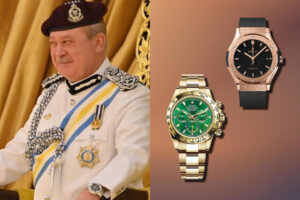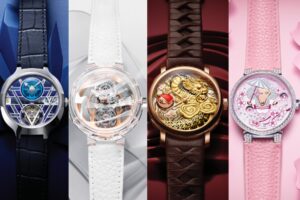Every leading watch brand has a flagship model or two that have become legends for one reason or another. Most of these watches bear influence outside of the watchmaking industry, colliding with the worlds of aviation, diving, polo, racing or even outer space – pioneering new heights in technology and innovation.
You don’t have to be a watch enthusiast to covet one of these, but if you are – here are 8 of our top picks to invest in for your watch collection.
Rolex Submariner
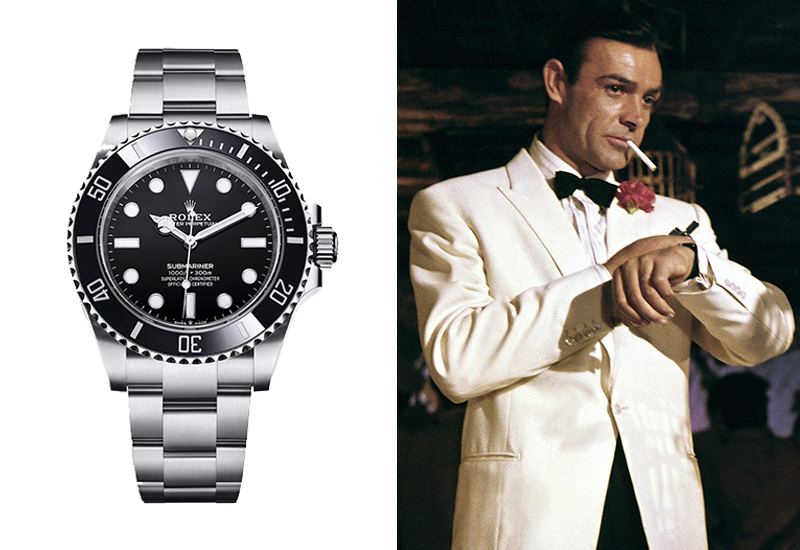
While the brand is an icon in its own right, the Rolex Submariner is touted as its best-selling model. Originally released in 1954, the watch quickly gained a cult following as the first commercial diver’s watch with a depth rating of 100 metres. But its bump in popularity is partly thanks to Sean Connery, who wore it in the first James Bond film, Dr. No, in 1962. It continued to be his watch of choice in From Russia With Love, Goldfinger, Thunderball and Lie and Let Die – making a case for its stylishness and desirability. The latest models retain its timeless aesthetic, albeit with a larger 41mm case and new calibre 3230 movement that builds on the brand’s watchmaking expertise. W rolex.com
Jaeger-LeCoultre Reverso
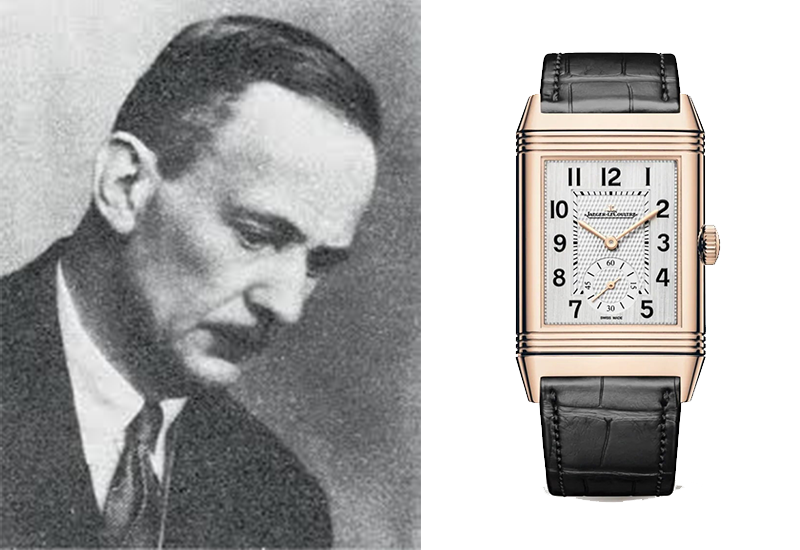
In 1931, it was not uncommon for polo players to break their watches in the midst of laborious horseriding, mallet swinging and balls zooming around. After one fine polo match in India, Swiss businessman and watch trader Cesar de Trey was met with the request to design a watch that could take a beating. Partnering with Jacques-David LeCoultre, they came up with the solution in the form of a reversible watch with a solid metal back that can be turned over to protect the crystal. Thus, the Reverso was born. Over the years, the Art Deco-inspired rectangular watch has been reimagined for both men and women – cementing its place as one of the first luxury sport watches. W jaeger-lecoultre.com
Santos de Cartier
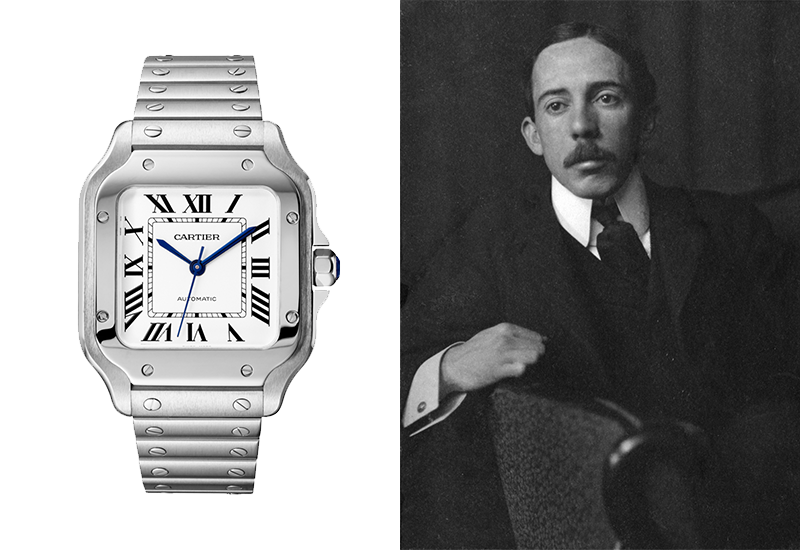
When it comes to pilot watches, the Santos the Cartier comes top of mind – and rightfully so, as a pioneer. As history would tell, Alberto Santos-Dumont, the first man to achieve sustained flight in a fixed wing aircraft circa 1906, was close friends with French jeweler Louis Cartier. In response to the Brazilian aviator’s difficulty of checking his pocket watch during fight, Cartier created a wristwatch that allowed him to view time without lifting his hands off the controls. It had a distinctive square face, with large Roman numerals – a look that has endured over 100 years of production. It has since been reiterated in different sizes, colours and embellishments, whilst paying respect to its key characteristics. W cartier.com
Audemars Piguet Royal Oak
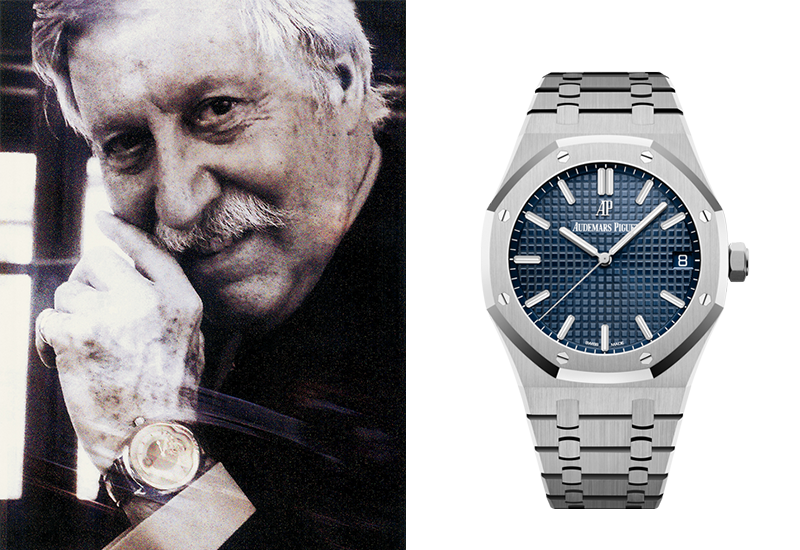
During the 1970s, at the peak of the quartz crisis, Audemars Piguet was at the brink of a financial crunch. It was down to watch designer Gerald Genta to create a timepiece that would save the company from going under. The Royal Oak was the answer. It debuted as a luxury stainless steel watch when gold was the standard, featuring an unusual octagonal case with rivets that gave it a sporty appeal. Though it took 3 years for the company to sell 1,000 pieces of the watch due to its controversial design and materials for a steep price, Genta was later credited as a revolutionary for his design that was simply ahead of its time. Today, the Royal Oak remains the brand’s flagship timepiece with a list of celebrity fans including John Legend and Lebron James. W audemarspiguet.com
Omega Speedmaster
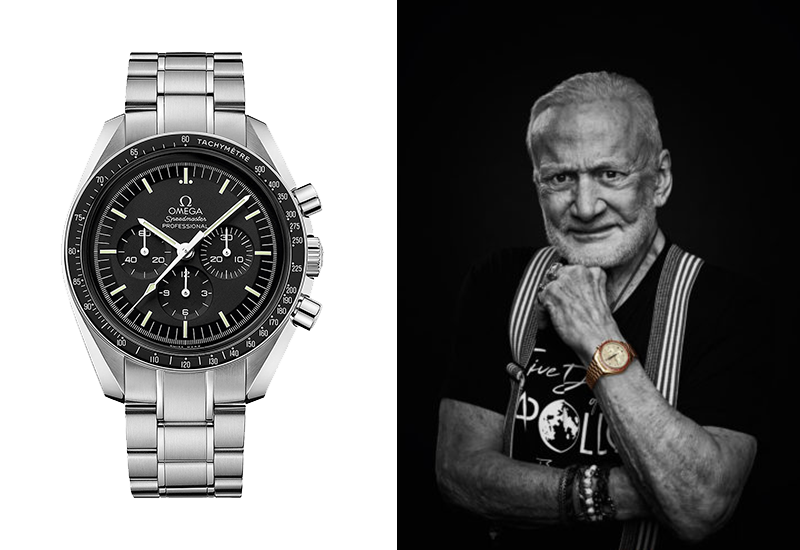
As the first watch to be worn on the moon, the Omega Speedmaster – also aptly called the Moonwatch – is an easy favourite among fans of chronographs. It was initially created to be used as a professional instrument for the racetrack, but eventually became the official timepiece for NASA after undergoing the agency’s rigorous testing. After wearing the watch for his moonwalk in 1969, Apollo 11 astronaut Buzz Aldrin appeared with the Speedy again for its 50th anniversary campaign last year – a full circle moment for both icons. The Moonwatch has been on every lunar landing ever since, making it a prized collectible for its heritage. W omegawatches.com
Tag Heuer Monaco
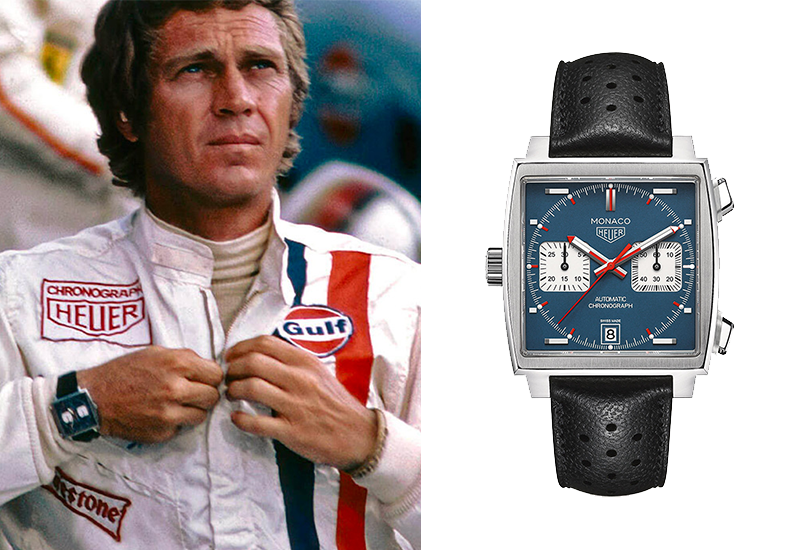
Launched in 1969, the Tag Heuer Monaco is known as one of the first automatic and square-shaped chronographs. Named by Jack Heuer in honor of the Monaco Grand Prix racecourse, the sports watch was an instant hit with racing enthusiasts, especially after it was seen on Steve McQueen’s wrist in the 1971 film Le Mans. Production halted after a few years, but picked up again for a reissue in 1998 and relaunch in 2003. Early vintage versions can fetch a handsome sum today, though the latest iterations still honour the original design. W tagheuer.com
IWC Pilot’s Watch
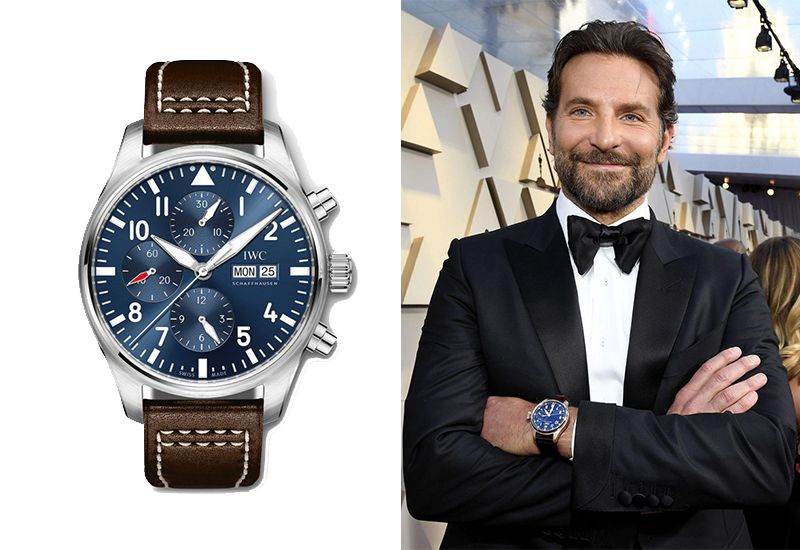
Besides Cartier, IWC has made respectable contributions to pilot watches. In 1936, the brand unveiled its Special Pilot Watch – the first antimagnetic aviation watch. Originally designed as a cockpit instrument, the watch features a stainless steel waterproof case and a soft inner iron cage that protects it against magnetic fields. This was a ground-breaking achievement in aviation, where errors in timekeeping during important missions were no small matter. The watch has seen several design evolutions from the Mark 10 to Le Petit Prince editions, the latter of which Bradley Cooper famously flaunts as the brand’s ambassador. W iwc.com
(Related: How time learnt to fly: A brief history of IWC’s Pilot Watches)
Breitling Navitimer
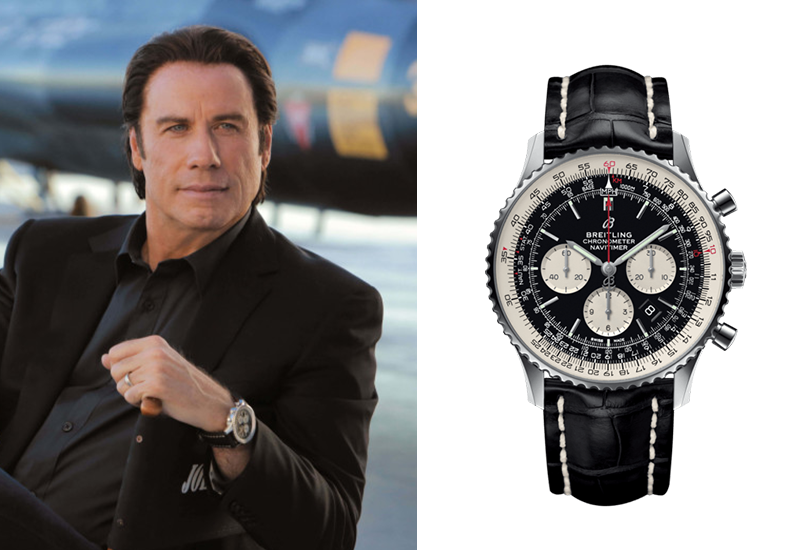
Breitling’s Navitimer is yet another strong contender in the aviation industry for its reliable functions. To the average eye, it can be overwhelmingly complex. But to professional pilots and aeronautical watch connoisseurs, the chronographs and traditional slide rule bezel are practical tools for countless capabilities comparable to an integrated flight computer. Brand ambassador John Travolta, who you may know as an actor but is in fact, also a veteran pilot who owns a Boeing 747-400, is a loyal fan of the timepiece. W breitling.com
Photos courtesy of Getty & respective watch brands




